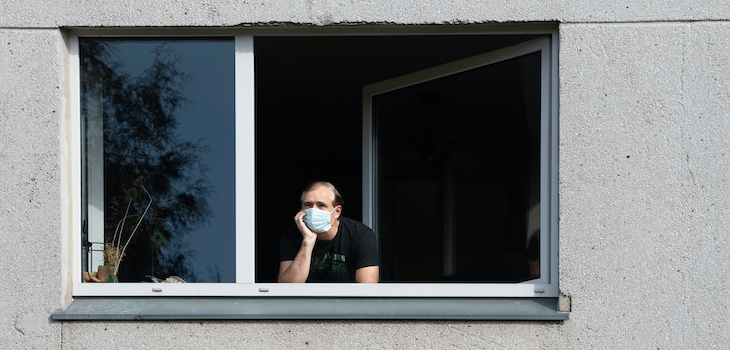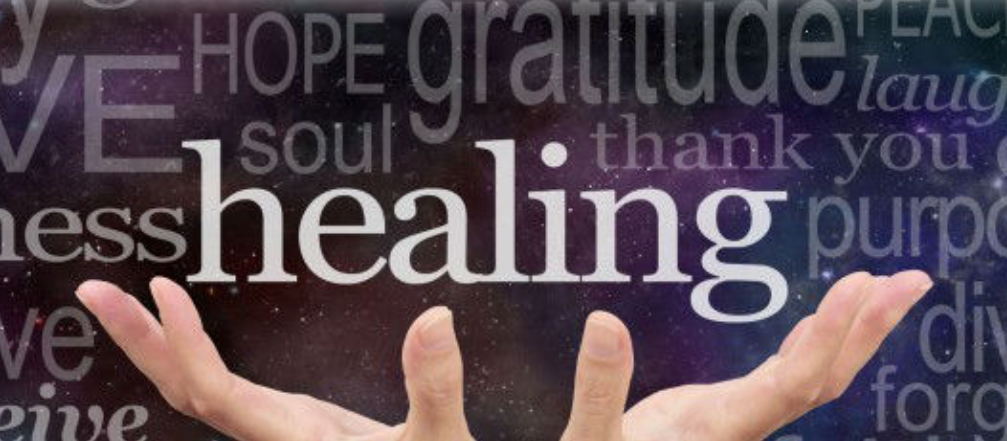On the list of Neighborhoodscout’s 100 Safest Cities in America-2018, published just weeks ago, was Parkland, holding the #15 spot. The data-driven algorithm looks at “the number of crimes reported to the FBI” and the population, with a minimum of 25k residents.
As of approximately 3:00p yesterday, Parkland has now officially fallen off that list. Once a safe place is no longer such, at least not for now. Pleasantville is temporarily on hold.
What happened to the students, faculty and workers at Marjory Stoneman Douglas High School, an institution nestled within a safe suburban residential community was hideous. The actions of a previously expelled student flipped this safe haven into a bloodbath with long-term repercussions and a long journey towards healing.
Some blame guns, mental illness, inadequate measures of protection. Regardless of the cause, which can probably be identified in a weighted mean equation of those and other variables, a major catastrophic event for many lives ensued.
So, what predicts someone’s response to such a trauma? How do we know what the victims, those who were present on school grounds, inside the freshman building, across the street or in the community are up against?
Shock Trauma v Developmental Trauma
A little bit about trauma. There are various types of trauma, but essentially two: shock trauma and developmental trauma. Shock trauma is exactly what it is-a high-level catastrophic event that propels our nervous system on the fast track to acute stress. It is a singled-out event of high proportions and high power. Developmental trauma, on the other hand, is a more chronic experience of adversity, such as ongoing child abuse of some form, poverty and such.
Shock trauma has the potential to profoundly affect many not in the area of immediate impact. For example-such as, but not limited to, those actively involved in the event, directly or indirectly, witnessing the event, having loved ones in the event or passively being near or within the geographic radius of the event. This might include, for example, the students, teachers and/or workers in the building, the students on the other side of campus, parents, the uber driver or the local neighbor. Trauma such as this has a permeating effect well into the community and even the country at large. The web extends far out with reverberating vibrations into the community and far and wide.
Healing in the Aftermath of a Traumatic Event
Given the variations within which people experience trauma, regardless of how horrific, there exists a journey easier for some and for others for which it will be greater and longer and monstrously challenging at times to bear. Clearly, the most potent variable is exposure to the actual traumatic event. Yet, healing from shock trauma takes time and is a process.
Immediate responses might include but are not limited to intense emotional reactions, fear, helplessness, and panic. There are those who will detach, dissociate, cut off their pain from their experience and feel numb. Coming into a place of presence with emotions takes time. It takes time away from the urgency of the event. It is for this reason that a strong connection to the community is imperative and that leaning on one another as a cohort offers relief and comfort in the aftermath of the crisis.
Impossible in the present to see the light, disaster brings with it post-traumatic growth. Inconceivable in the face of insurmountable devastation, the immediacy of the situations embraces positive responses. Disaster brings people and a community closer together. Vigils, for example, create an opportunity to share the pain and seek comfort from those near and far to the event. People acknowledge that they functioned through the event and were able to cope after. With coping, altruism and helping others in need, resilience occurs. This is the pivotal outcome of a trauma, even one of catastrophic proportions.
Factors That Predict Our Response to Shock Trauma
So what happens and how do we process it after the initial explosion? First, there is us prior to the event. It is how we are constructed; it is how our developing brain has been wired which is based on experiences designed to achieve connection, attunement, trust, safety and more.
For the teens at Marjory Stoneman Douglas High-School, their brains were still in transition. There is a sense that our neurons are still fragile through the age of 22 or 23. Yet when devastation occurs it wreaks havoc on our nervous system. In our attempts to achieve equilibrium our mental processes affect the functioning of our brain, a brain that has settled into place with vast experiences, some helpful to creating a safe place and some that have left painful scars prior to getting to this present place. For these students, their brains are like a sponge; not yet settled and not yet completely intact. For many, if not all, this will be a lasting life-changing moment.
Working through the aftermath takes time. Movement, pain and emotional engagement is good. Experiences vary and will shift and change as each individual moves through their pain.
When grief stays stuck, as it may for a while even in the least affected of the individuals, post-traumatic problematic stress responses surface. These symptoms may or may not require intervention from a qualified professional. You can find a succinct description of symptoms at the US Department of Veterans Affairs.
Trauma not only lives in our mind, it lives even more in our bodies. Trauma shows up in a multitude of ways, physical ailments, chronic and acute, notwithstanding. Adequate healing requires attention to our somatic pieces as well. Treatment might include somatic therapy, body therapy or Eye-Movement Desensitization Reprocessing (EMDR).
Healing is possible. In the end, in the face of chaos and pain, the mind’s capacity for self-reflection is the key to finding its way out of trauma.






